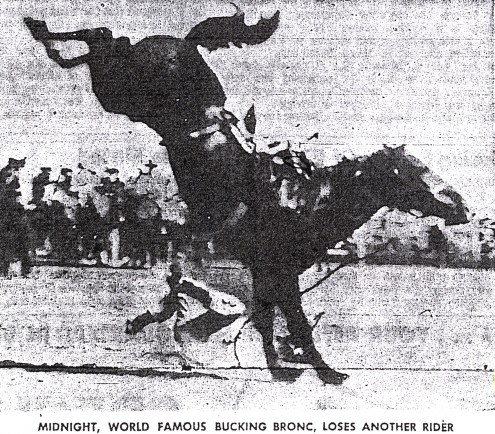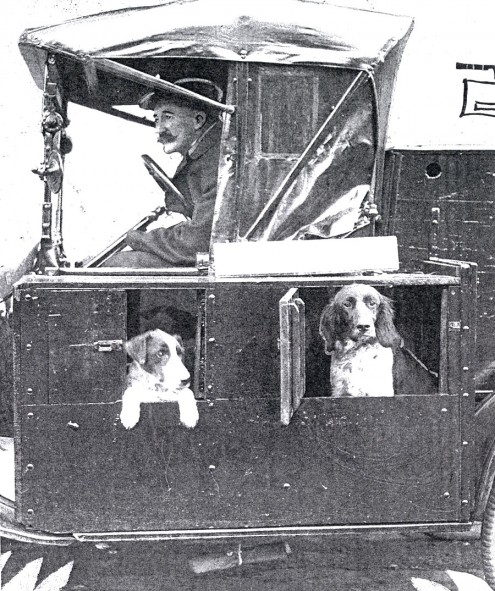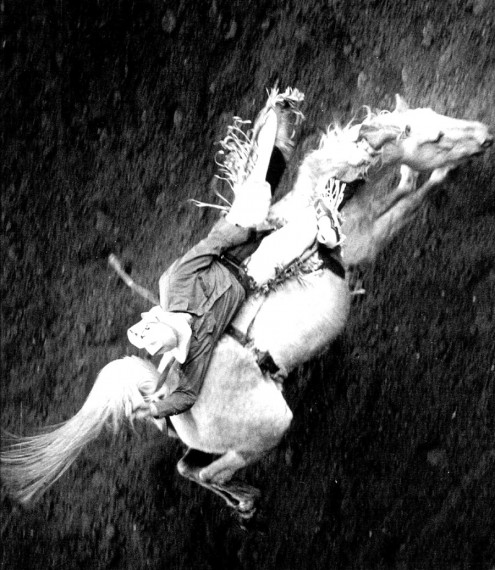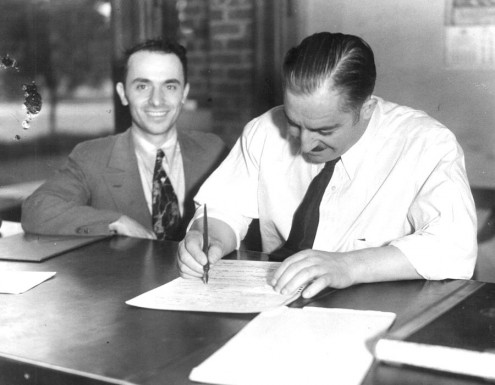Black Bean Soup, Tangy Coleslaw and No-Roll Sugar Cookie recipes: Helen Dollaghan
Helen Dollaghan, food editor of The Denver Post from 1958-1993, selected recipes she felt were the best and published them in this 1987 special section called “30 Years of Rocky Mountain Cooking.” Most are recipes Helen or her readers developed.
On Fridays we share several of the recipes from her collection.
Week 22: Black Bean Soup, Tangy Coleslaw and No-Roll Sugar Cookies
Barbara Frey, wife of
Colorado’s Episcopal bishop,
the Rt. Rev. William C. Frey,
was cooking with black beans
in 1974 when many other
Denverites were still stuck
on pintos. She learned to
make this soup when the
Freys lived in Guatemala
in the ’60s.
Black Bean Soup
3 lbs. dry black beans
1 large onion, quartered
1 large green pepper, quartered
4 quarts water
1 medium onion, finely chopped
1 medium green pepper, finely chopped
1 can (6 oz.) tomato paste
1 tablespoon Worcestershire sauce
1 tablespoon garlic salt or to taste
1 tablespoon parsley flakes
1 teaspoon black pepper
1 teaspoon dried oregano
1 teaspoon dried thyme
2 teaspoons vinegar
2 teaspoons sugar
Tortillas or cooked rice
Green pepper strips, hard cooked egg slices or lemon slices
Directions
Thoroughly wash beans. (There’s no need to soak them.) Combine beans, quartered onion, quartered green pepper and water in 6-qt. kettle. Bring to boil, reduce heat and simmer, covered, about 3 hours or until beans are nearly tender. Add chopped onion, chopped green pepper, tomato paste, Worcestershire sauce, garlic salt, parsley, black pepper, oregano, thyme, vinegar and sugar. Bring to boil, reduce heat and simmer, covered, about 45 minutes or until beans are done. Stir occasionally. Correct seasonings and add more water if thinner consistency is desired. Serve as a soup or on tortillas or rice. Garnish with green pepper strips, egg or lemon slices. Serves 10 or more.
In the ’70s, Johnnnie Harper,
former owner or Johnnie
Harper Motors in Denver
decided basic coleslaw
needed pepping up, and
Denver Post readers loved
the results.
Tangy Coleslaw
1 1/2 cups mayonnaise
3 tablespoons Durkee sandwich spread
3/4 teaspoon dry mustard
2 tablespoons parsley flakes
1 medium head cabbage, shredded
3/4 cup drained sweet pickle relish
1/2 cup chopped celery
3/4 cup chopped onion
Paprika
Directions
Combine mayonnaise, sandwich spread, mustard and parsley. Mix well. Toss cabbage with relish, celery and onion. Lightly mix in enough dressing to thoroughly moisten. Sprinkle with paprika. Serves 8.
Especially for those
who hate to roll cookie
dough, a yours-truly
special.
No-Roll Sugar Cookies
1 cup minus 3 tablespoons sugar
2 sticks (1 cup) butter or margarine
1 extra-large egg
1 teaspoon vanilla
2 cups unsifted flour
1/2 teaspoon salt
1/2 teaspoon soda
1/2 teaspoon cream of tartar
Directions
Cream sugar, butter and egg until fluffy. Add vanilla. Sift dry ingredients. Add to sugar mixture. Stir with spoon, then mix well with hands until dough can be gathered into ball. (Dough will be stiff.) Pinch off pieces of dough. Roll in balls about the size of walnuts. Place balls on ungreased baking sheet about 2 inches apart. Dip bottom of a glass (1 1/2 inches in diameter) in granulated sugar. Press each ball with bottom of glass until dough forms a circle. For crisper cookies, use a larger glass to make thinner circles. Sprinkle additional sugar on cookies to lightly coat surface. Bake in preheated 400-degree oven about 10 minutes or until golden brown. Remove from baking sheet onto wire rack while still hot. Makes 4 dozen.


 Subscribe
Subscribe

































